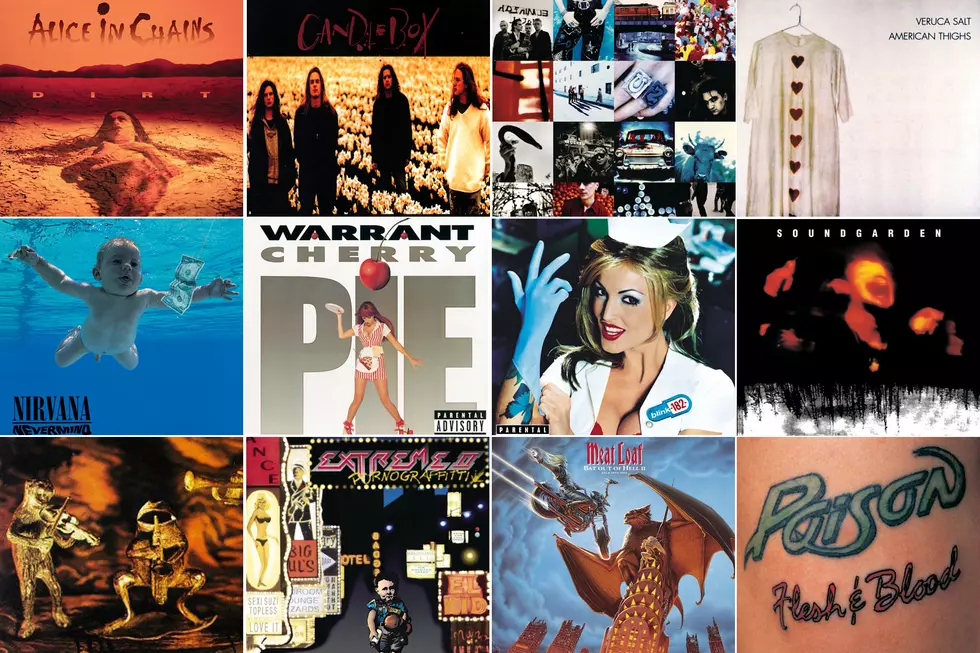
UPDATED: Sturgis Motorcycle Rally Linked to 250,000 Cases of COVID-19
Update: Researchers at Johns Hopkins are questioning the results of this study. Though researchers agree the increase of COVID infections throughout Meade County and surrounding areas are linked to the motorcycle rally, they believe the model which found 267,000 cases linked to Sturgis is faulty.
"There is evidence in that paper that Sturgis increased infections across the United States," Elizabeth Stuart, a statistician and associate dean at the Johns Hopkins Bloomberg School of Public Health who helped review the San Diego center's study, told CBS MoneyWatch. "But do I believe that number is 200,000 or more? I am not sure."
"At best the 250,000 estimate is the absolute worst-case scenario but the real number based on contact tracing is likely in the hundreds," adds Jennifer Dowd, deputy director of the Leverhulme Centre for Demographic Science at the University of Oxford. "It is worth noting that our contact tracing capabilities are limited and the science behind the practice itself has its problems."
“Now we’re all here together tonight. And we’re being human once again. Fuck that Covid shit,” Smash Mouth singer Steve Harwell said onstage at the Sturgis Motorcycle Rally last month. Now, over 250,000 cases of COVID-19 have been reportedly connected to the rally and concert, where Trapt, Fozzy, Drowning Pool, Quiet Riot and others performed.
A new research paper from the IZA Institute of Labor Economics, a private and independent think tank in Germany, was published this month. The Contagion Externality of a Superspreading Event: The Sturgis Motorcycle Rally and COVID-19 studied the impact of the mass event, which brought nearly 500,000 motorcycle enthusiasts to Sturgis, South Dakota between Aug. 7 and 16.
“This study is the first to explore the impact of this event on social distancing and the spread of COVID-19,” the abstract reads. “First, using anonymized cell phone data from SafeGraph, Inc. we document that (i) smartphone pings from non-residents, and (ii) foot traffic at restaurants and bars, retail establishments, entertainment venues, hotels and campgrounds each rose substantially in the census block groups hosting Sturgis rally events. Stay-at-home behavior among local residents, as measured by median hours spent at home, fell. Second, using data from the Centers for Disease Control and Prevention (CDC) and a synthetic control approach, we show that by Sept. 2, a month following the onset of the Rally, COVID-19 cases increased by approximately six to seven cases per 1,000 population in its home county of Meade.”
“Finally, difference-in-differences (dose response) estimates show that following the Sturgis event, counties that contributed the highest inflows of rally attendees experienced a 7.0 to 12.5 percent increase in COVID-19 cases relative to counties that did not contribute inflows. Descriptive evidence suggests these effects may be muted in states with stricter mitigation policies (i.e., restrictions on bar/restaurant openings, mask-wearing mandates). We conclude that the Sturgis Motorcycle Rally generated public health costs of approximately $12.2 billion.”
Along with that hefty price tag, one of the study’s authors reports that they estimate 250,000 new COVID-19 cases are linked to Sturgis:
A study of the wave of Black Lives Matter protests was published in June, finding no substantial link between nationwide protests and spikes in COVID-19. “We find no evidence that urban protests reignited COVID-19 case or death growth after more than five weeks following the onset of protests,” the report states.
Friedson explains that COVID-19 didn’t spread due to the Black Lives Matter protests because the rallies and subsequent riots were small compared to the large urban populations where they occurred. The protests also caused an increase in avoidance behavior. It should also be noted that the great majority of protestors wore masks during the protests, whereas Sturgis attendees did not. President Trump’s highly publicized rally in Tulsa, Okla. was also not categorized as a superspreader event.
57 Rock + Metal Bands Who Changed Names Before Getting Famous
More From Loudwire









